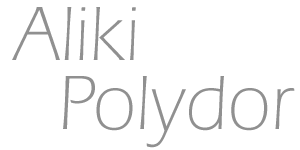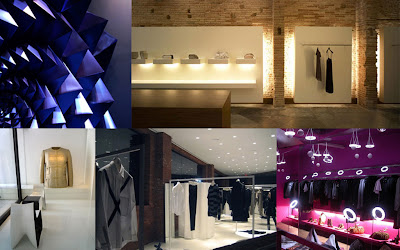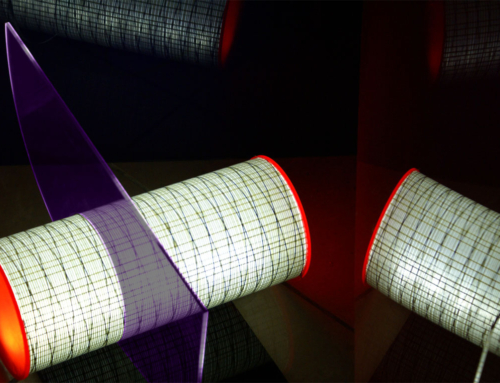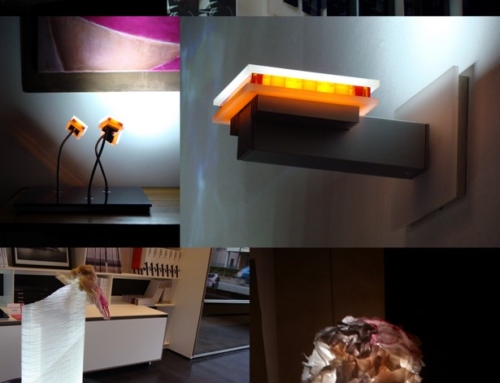As we said earlier, in a quality boutique, the product must be perceived in all its glory. Only a carefully chosen lighting can stimulate our perception of different luster, softness and colors, and mediates our ability to truly evaluate the relationship between the visible and dimensional presence of a design, the rapport between its physical dimension and the functionality, and enhance its particular exclusive features.
The challenge here is to create an environment that is both comfortable for people and positive color wise for the product. In a boutique it is commonly achieved by layering accent and ambient lighting together with layering the color of the light. The “glow” of indirect illumination for the space usually comes from a “warm” light source, while the accent lighting will be much “cooler” in color to visually pop the products.
The pure light emitted by LEDs make them ideal for this kind of application that requires a clean light, without infrared that heats up the illuminated products, and without the ultraviolet that discolor them. With LEDs it becomes possible to achieve high quality, clean illumination of displayed products, making them irradiate that perceived value in a profusion of texture patterns and true colors.
If you have ever gotten dressed in the morning only to go outside and discover that you are wearing one blue and one black sock, you already know the difference between natural and halogen lighting… To overcome this flaw, halogen lighting fixtures typically filter out the yellowish wavelengths to correct color and approximate white light. On the other hand, the light from an LED is a pure, single color light. For example, a green LED produces green light only. A red LED produces only red light. LED also produce white light by coating the LED surface with material that combined with the original source produce clean natural light. Additionally, LED do not generate infrared or UV, and therefore are more inherently efficient. And because they do not need color correction, LED light sources can be designed with a broad spectrum to enable visualizing colors in different wavelengths and cleanly render the difference between a dark blue or black, or between subtle shades of red.
Cherry on the cake, LED light sources also provide superior benefits regarding energy efficiency, life span and environmental impact in comparison to both fluorescent and halogen. LEDs consume up to 80% less energy than traditional halogen sources and as much as 50% less than fluorescent sources. And since they do not contain hazardous materials like lead, mercury and other heavy metals, LED light sources do not require special disposal.








